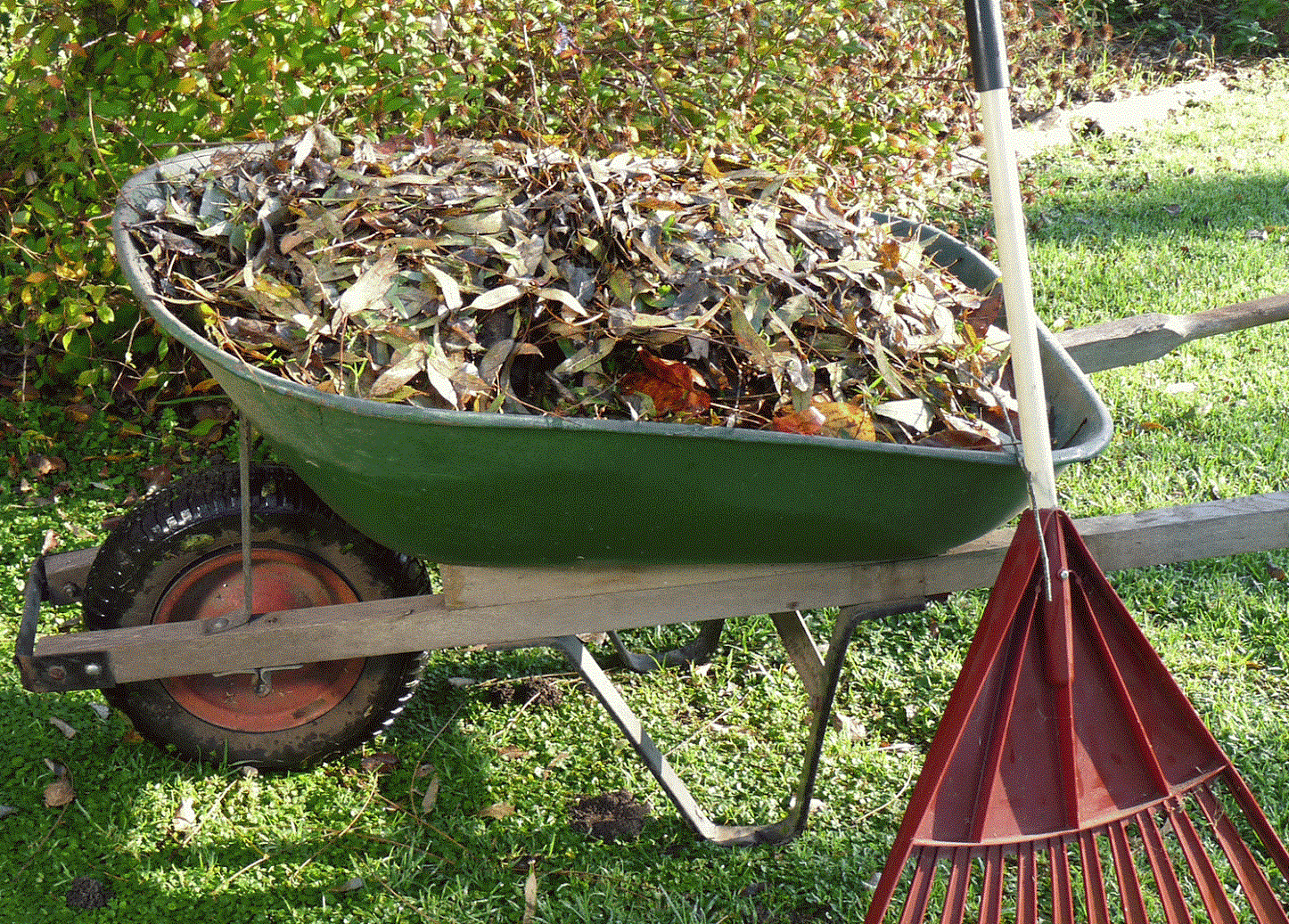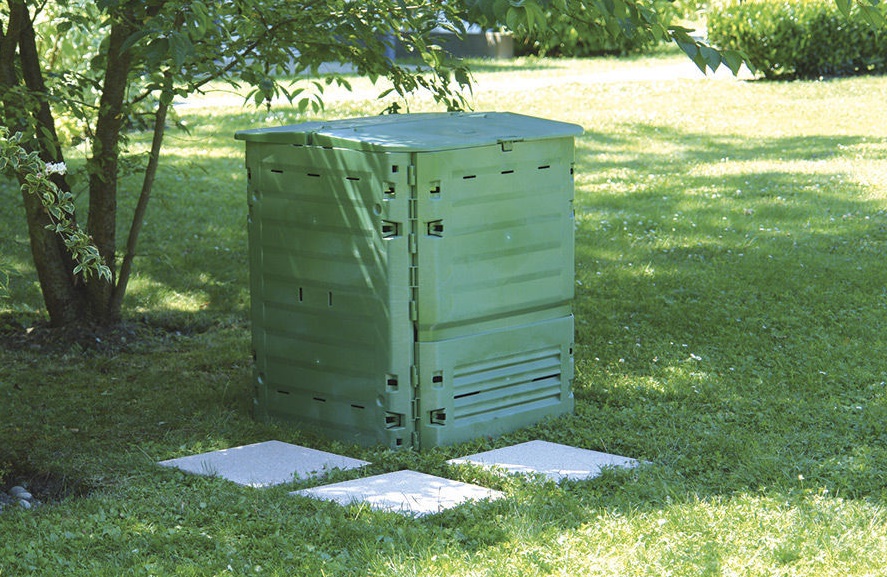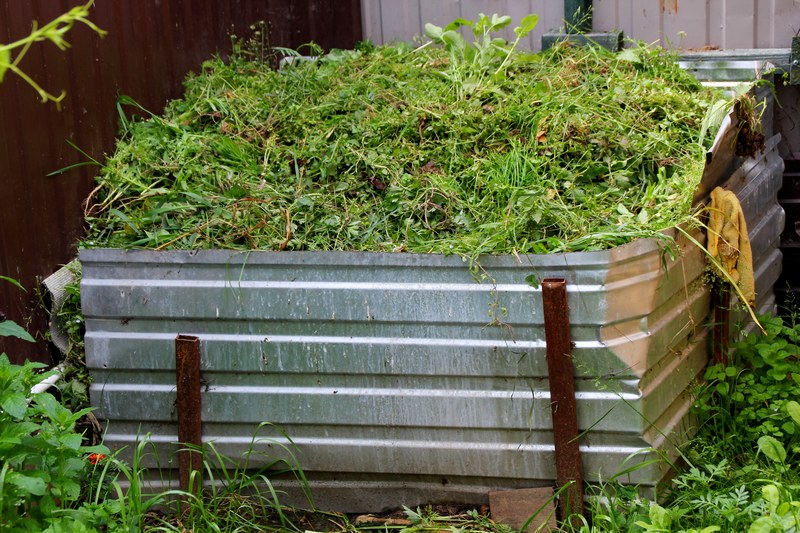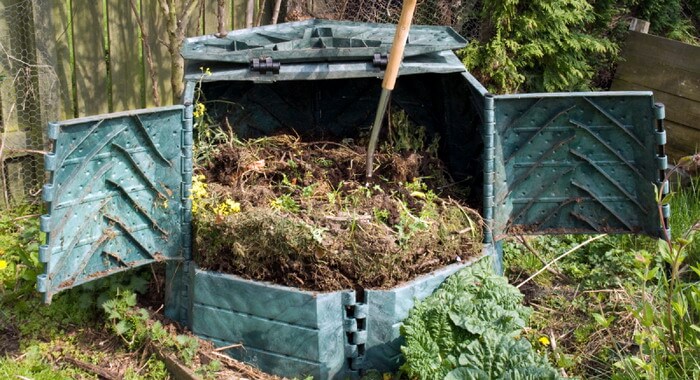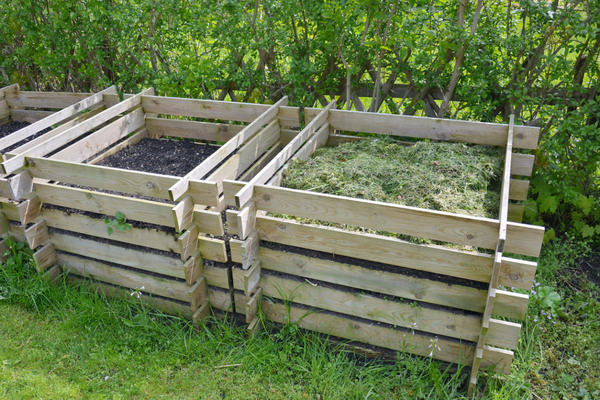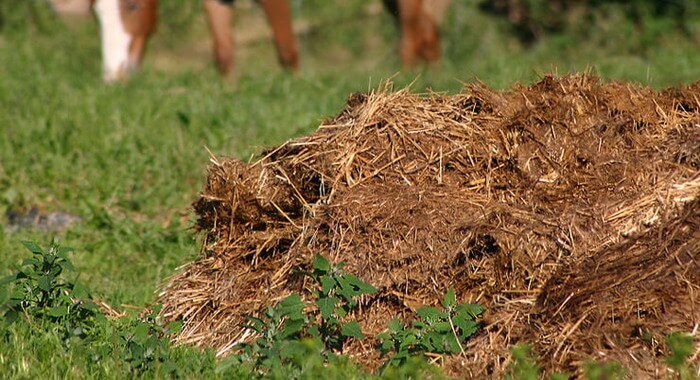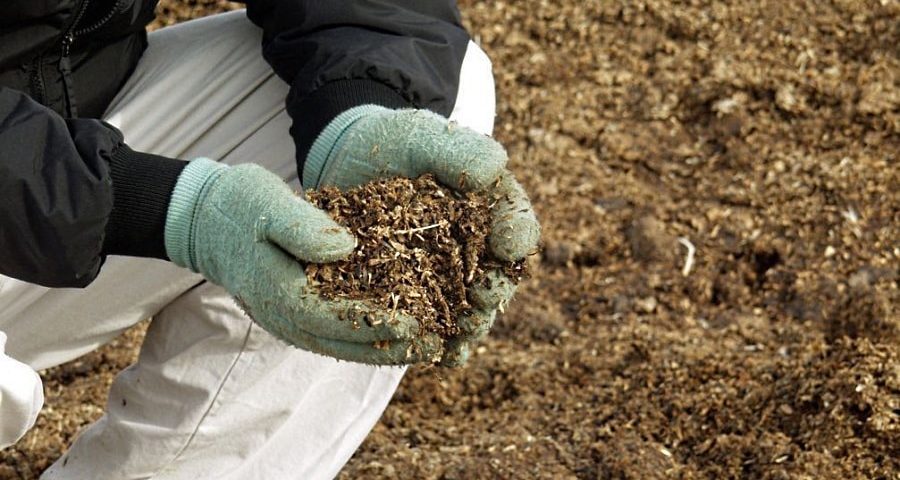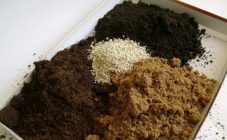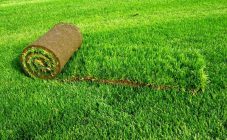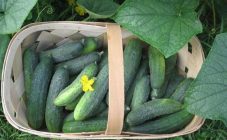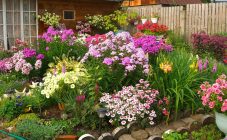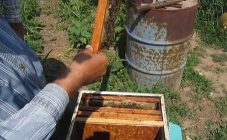Content:
Most farmers give preference to organic fertilizers, not the last place is occupied by compost. But not everyone knows how to make humus from grass and other components so that it does not overcook. The creation of high-quality organic matter is a whole science.
What is garden compost
Summer residents call compost "garden gold". It is used as mulch and fertilizer. The use of humus helps to increase the fertility of plants, retain moisture in the soil and protect against diseases.
Compost can be made from organic matter of animal and plant origin, stacked in a common heap. The process of decay involves microorganisms that decompose the collected waste. Among the symbiotes, worms and insects can also be distinguished.
How to make compost
There are factories where organic components are processed. The conditions created there allow you to get mature compost in a day. For summer residents, the process will take more time and will require compliance with a number of rules.
How compost is mixed
Humus is not created immediately - it is formed over several months, superimposing organic matter on top of each other. At the same time, each new layer is made no thicker than 70 cm. But it should not be compacted - the materials should lie freely. For the decay process to begin, moisture is needed, so the heap is watered periodically.
In order for the compost to always remain moist, the heap must be prepared in a volume of at least a cubic meter. For the same reason, shaded areas are determined as a place for humus. It is advisable to keep the compost covered so that the rains do not wash out the nutrients. The covering material is selected in such a way that the organic matter does not overheat, otherwise the bacteria will die.
Accelerated composting
For those who are thinking about how to quickly make humus out of grass, it is suggested to use the hot composting technique. Its essence lies in the fact that organic matter is thrown in a heap often - almost every week. To do this, an additional place is allocated next to where the layers of humus will be shifted. With hot composting, the organic fertilizer is ready in a month.
Those who do not want to operate with a pitchfork are invited to pay attention to the original method of making compost from grass - something like a concrete mixer is built from a metal barrel. Its ends are fixed on the axis, the grass is placed through a door made in the wall. It will be enough to come up and turn the barrel a little.
If you choose a container for 200 liters, then it is simply rolled on the ground. There must be holes in the metal container for air to enter. It is not recommended to pour water in - it is better to put already moistened material inside.
Acceleration additives
Experienced summer residents give advice on how to further speed up the composting of grass. You can use a regular seed from ready-made humus. A pile is sandwiched with it, and decay is faster.
What is added to the compost
Compost heaps are sandwiched with different organics, which are classified into 2 types: green and brown. Each material has its own characteristics of "behavior" and the role assigned to it in compost.
Green components
This organic matter saturates humus with nitrogen. Rotting occurs quickly, with warming, but is usually accompanied by an unpleasant odor.
What is included in green organic
| View | Note |
|---|---|
| Natural fresh greens: grass, fallen leaves, weeds, tops | · Weeds must be mowed before they are seeded so that later they do not suffer from weeding the beds; |
| · It is better not to use tops from diseased crops; | |
| · All brilliant green is preliminarily wilted so that the material in the compost is not kitty. Otherwise, you get poisonous silage. | |
| Hay | · This is an excellent material for humus, but it must not only be moistened with water, but also additionally watered with herbal infusions or shifted with other components; |
| The best time to mow grass for hay is autumn | |
| Fruit and kitchen waste | A thin layer of crushed materials is allowed |
| Manure | · Horse straw is desirable. Pork should be avoided - it is too sour; |
| · Needs a layer of straw, food waste; | |
| Before laying such compost in the beds, it is better to lime it with fluff | |
| Chicken droppings | Not recommended on a shared heap. Better to compost separately for use as a liquid feed |
| Feces | · Added in small quantities - twice a month; |
| · Pre-diluted with water and fermented for a week. Then this composition is poured over the heap. Sprinkle on top with ash and make grass flooring |
If the summer resident has enough green materials, then it is not necessary to supplement them with brown ones, or you can make light layers.
To make compost from grass, raw materials are prepared according to all the rules: you need to mow it in dry, warm weather. As soon as the mowing is over, do not immediately send the raw material to the compost - let it dry out a little in the sun.
Organic brown
This raw material is depleted in nitrogen, but gives the plants a lot of fiber. These include straw, dry leaves, ears of corn, chaff, seed husks, sawdust, tree bark, and even paper. Those who grow mushrooms on the farm can safely use the remains of oyster mushrooms as a brown fertilizer.
Brown organic matter for compost serves as a ripper: it provides porosity of the pile, retains moisture and air inside.
What not to compost
Not all organic matter and waste can be composted. Meat and dairy products not so much prey as turn sour, saturating the air with an unpleasant odor that attracts rats and other animals.
What containers are suitable
When deciding how to compost from mowed grass and weeds, as well as other raw materials, they are looking for a suitable place for this.
Some people start digging holes, which is not worth doing for a number of reasons:
- excess water will accumulate;
- in such conditions it is impossible to mix the heap normally;
- poor air access, which will prevent proper rotting.
The best option is homemade boxes 1 m high. They lack one wall - for a convenient approach to the heap. It is advisable to make the floor lattice so that air is sucked in from below. Then composting will be fast and of high quality. If you just plan to fence the site with 3 walls, then sawdust or straw is first laid on the ground.
A barrel would be an excellent option; holes for air penetration are made in it. But it must be roomy enough so that the grass does not have time to dry out. It is more rational to use both options - this will ensure the continuity of the preparation of nutritious fertilizers.
You can use a bag for humus, but this is not a very convenient option - small volumes and poor air access.
How to tell if the compost is ripe
Regardless of whether humus is made exclusively from grass, or other components are used in composting, readiness is judged by the pleasant smell coming from the heap, reminiscent of the aroma of forest litter.
How compost differs from humus
When talking about organic fertilizers, many gardeners take the words "humus" and "compost" as synonyms. Others, on the contrary, consider these to be separate varieties.
Going deeper into the details, the following points should be highlighted:
- humus is rotted manure, acquiring an earthy, loose mass; it may contain impurities of straw and grass;
- compost is already a combination of 2 or more components stacked in layers.
If you call compost humus, there will be no big mistake here - in both cases, organic matter is overheated.
Recipes
It is possible to purposefully select the composition of the compost, enhancing the nutritional properties of humus. Experienced summer residents offer a time-tested recipe.
Chicken droppings
- 10 kg of straw are soaked for 2 days;
- the same amount of droppings is divided into 3 parts and placed in a container, layered with straw and moistened with urea;
- a week later shovel, sprinkle with alabaster and ferment for another 7 days.
Before use, dilute with water 1: 2. After applying under the plants, it is recommended to sprinkle with earth.
From slurry
The most valuable in agriculture is liquid manure compost, without the addition of any impurities. For ripening, the slurry is placed in a container (for example, in a barrel) and mixed well every 3 days, holding for 2 weeks. Increasing the temperature will help speed up the fermentation process.
Errors made by gardeners
Novice agricultural technicians sometimes make mistakes when preparing humus. Some people forget to drain the accumulated water, and the compost heap begins to rot. Others lay only carbonaceous or nitrogen-containing components, which leads to poor-quality humus composition. Still others take the weeds along with the seeds, which is why they then germinate in the beds.
Knowing how to make the right compost from cut grass and other organic matter, one can hope that the summer cottage will always delight with high yields.
